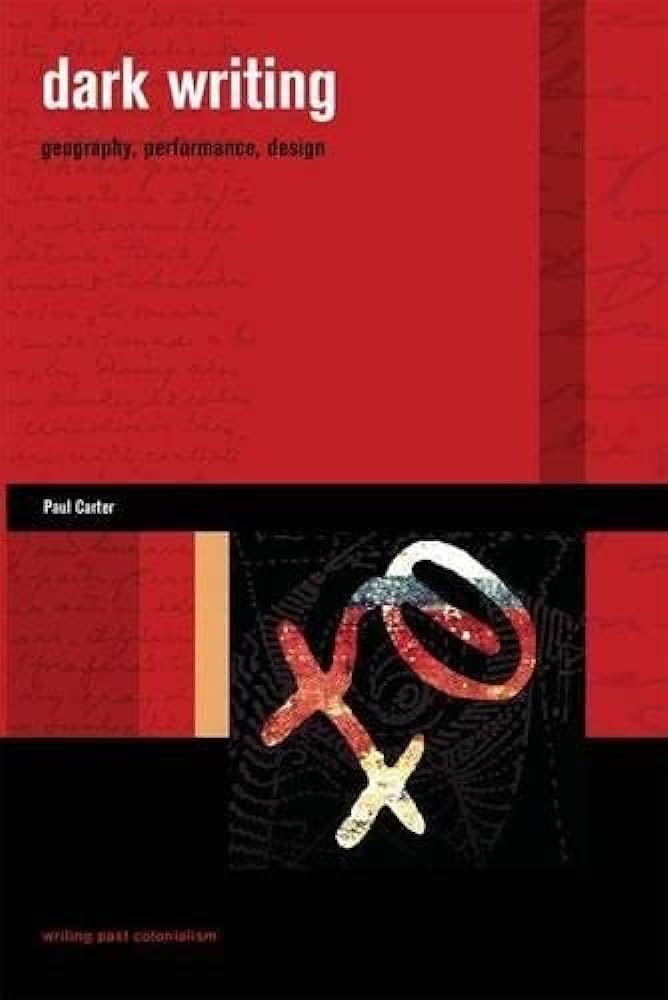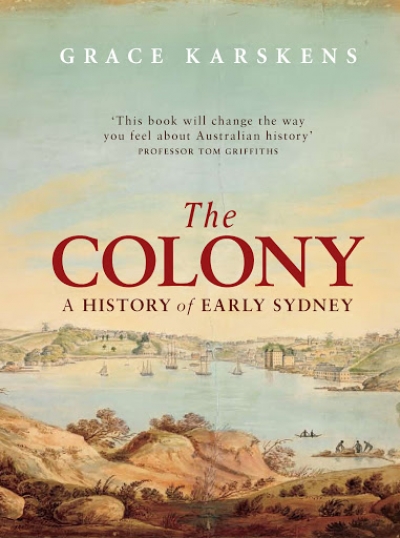History
In a delightful memoir of a boyhood spent in Mussolini’s Italy, Umberto Eco recalled that the heady days of the Liberation in his small town near Milan were encapsulated in the taste of Wrigley’s Spearmint, given by an African-American GI (New York Review of Books, 22 June 1995). After the years of ‘palefaces in blackshirts’, these Americans appeared like exotic time travellers from the future. At the same time, the boy discovered that, unlike the long-winded Duce, large slabs of whose bombast schoolchildren were expected to commit to heart, the leader of the local partisans addressed the cheering crowd in the piazza with a few well-chosen and rhetoric-free words. Equally astonishing was the discovery that newspapers could carry opinions other than those mandated by the state.
... (read more)The Riddle of Father Hackett: A life in Ireland and Australia by Brenda Niall
Brenda Niall has the knack of lucid multi-focus, a great thing in a biographer. That organisational deftness, an ability to keep the tangled loops of people’s lives spooling freely through her fingers while she projects a rich and dramatic context for them, was evident in her group study of The Boyds (2002), and it is the structural virtue in this new work, The Riddle of Father Hackett.
... (read more)The design of this book is something of a mystery, not least because it presents as a critique of design, seeking to recuperate something that has been lost through ‘the graphic orthodoxies of cartography and architectural drawing’. This lost cultural component, the ‘dark writing’ of Carter’s title, is variously evoked as mythological, participatory, creative and recreative, as a body, a form of movement, a certain kind of substance.
... (read more)This is not so much a history of Sydney as a tour with a sensitive and alert guide who knows her history. The site is modern Sydney. Although Sydney was only just beginning to develop suburbs when the book ends – in the 1820s – Karskens tours the whole of the Cumberland Plain, the area that metropolitan Sydney now covers. For the modern suburbs, as everywhere else, Karskens describes the land and how it was used when occupied by the Aborigines and the first Europeans. She points to what remains from earlier times in the routes of roads, remnant vegetation, the built environment and place names.
... (read more)Devotees of the television program Spooks may find Australian history less than exciting, but the Petrov Affair is surely the exception that confounds the cliché. Its ingredients included the Cold War, espionage, agents, a defection (hugely important propaganda for the Menzies government on the eve of the 1954 federal election) and a charming woman, the defector’s wife, who was unceremoniously hustled on to a waiting aeroplane by beefy officials from the Russian Embassy. The poignancy of Evdokia Petrova’s white shoe lying abandoned on the tarmac as the plane took off was only eclipsed by the drama of the refuelling stop in Darwin, where she was prevailed upon by Australian security to remain in this country with her husband, Vladimir. He was quite clear about his defection; Evdokia, in that pivotal moment and long afterwards, was tormented by uncertainty.
... (read more)Possession by Bain Attwood & Shaking Hands on the Fringe by Tiffany Shellam
I once visited John Batman’s property in north-east Tasmania, happily in the company of a Tasmanian. The guidebook listed it as a heritage site on a public road, but the graded track along the side of a ridge had to be entered by a gate marked ‘Kingston – Private Property’. We drove several kilometres before reaching another gate. We breached this, too. On our left was a nineteenth-century stone cottage incorporated into a weatherboard homestead. On our right was a large shed and stables. A generator puttered away, and music came from the house. We shouted our presence. Only the horse in the stables responded. Clearly, we were not going to find a stall selling Batman memorabilia.
... (read more)The Blue Plateau, set in the Blue Mountains, is part memoir, part essay and part anecdotal local history. Mark Tredinnick wrote it during the seven years he spent living in the valley below Katoomba with his wife and growing family. Strangely, we learn little of the author or his family as this informative, sympathetic and poetic book emerges from its landscape in meditative bursts. It is a kind of mosaic of prose poems. If there is an order in this book, it is, as Tredinnick suggests in his prologue, one that is more implicit than explicit.
... (read more)What Happened at Vatican II by John W. O’Malley & Keepers of the Keys of Heaven by Roger Collins
Popes have long been wary of Church Councils, seeing them as possible rivals to their claim to absolute authority. When the Council of Constance met in 1414, there were three contending popes, each elected by a set of cardinals, and each with political support across Europe. At its end, two had been deposed, and the third, Gregory XII, having been recognised as pope, agreed to resign. A commission of Cardinals and others appointed by the Council then elected a new pope, Martin V, in 1417. Constance also decreed that the pope was to convene councils on a regular basis. Martin conformed for a time, but the practice soon fell away. Popes have preferred to govern alone, with the help of the Roman Curia.
... (read more)Terrorism and Intelligence in Australia: A history of ASIO and national surveillance by Frank Cain
Timely and accurate intelligence remains crucial to providing early warning of preparations for a terrorist attack. In this sense, high-grade intelligence represents the ‘front end’ of counter-terrorist strategy. This has certainly been reflected in the streamlining of Australia’s intelligence agencies since 9/11 and in the unprecedented resources that have been diverted to those agencies, particularly ASIO. The latter remains the agency responsible for preparing and distributing threat assessments and specific warnings on terrorist threats to Australia. This decade it has been granted substantially increased legislative powers to monitor, detain and question terrorist suspects. Due to the changes to Australia’s anti-terror laws since 9/11, ASIO’s internal security profile has become more prominent along with its increasingly close cooperation with state and federal police agencies.
... (read more)The Ghost at the Wedding: A true story by Shirley Walker
Some stories deserve to be told more than once. Retold, they cannot be the same. Even when the teller is the same person, the shift in time and experience will make the story new. In The Ghost at the Wedding, Shirley Walker returns to the material of her autobiography, Roundabout at Bangalow (2001), in order to focus more closely on the saddest and most powerful memories therein: those of the young men of her family who served in two world wars.
... (read more)










